
 A tailback on the causeway.
A tailback on the causeway.
BAHRAIN and Saudi Arabia are drawing up plans to ease traffic on the King Fahd Causeway with the help of two key projects – a railway bridge and a pair of artificial islands.
Five firms have been entrusted with the task of studying the feasibility of the railway bridge project parallel to the causeway which, according to Bahrain’s Minister of Transport Kamal bin Ahmed, will be linked to internal networks in both the countries and then connected to the projected Bahrain-Qatar causeway.
The rail project study is part of the 2,177-km GCC rail link, which will run from Kuwait to Dammam, Saudi Arabia, to Bahrain via the causeway, and from there to Qatar across the Bahrain-Qatar causeway. There is to be an additional branch line between Dammam and Qatar via Salwa, while the main line from Dammam will continue to the UAE through the Batha crossing point heading to Abu Dhabi, Al Ain and then to Oman via Sohar, terminating at Muscat.
The study to link Bahrain and Saudi Arabia to the $100-billion GCC railway project is expected to be completed by the first quarter of 2014.
Bin Ahmed said that preliminary studies put the project cost at about $10 billion and that GCC leaders have projected the year 2018 as the completion date. He said the railway bridge will address the current obstacles to shipping goods between Saudi Arabia and Bahrain via the King Fahd Causeway by reducing the bottleneck and providing space for storage of goods.
Meanwhile, Saudi Arabia is considering plans to build two artificial islands near the causeway in a bid to accommodate the flow of passenger and payload vehicles, according to the Arab News.
The two artificial islands will have an area of more than 600,000 sq m each, said Badr Al Otaishan, chief of King Fahd Causeway Authority.
The islands will accommodate up to 4,000 small vehicles per hour in each direction and will feature inspection yards for 400 trucks as well as a waiting area for another 400 trucks and other facilities, according to the report.
“The bridge has been undergoing development since 2008, which contributes to easing travel procedures and traffic movement,” said Al Otaishan.
The present island will be turned into a recreational and tourist attraction, according to the plan under consideration.





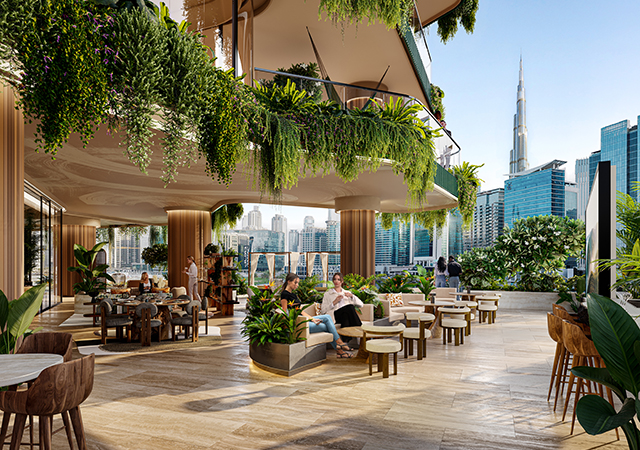
.jpg)




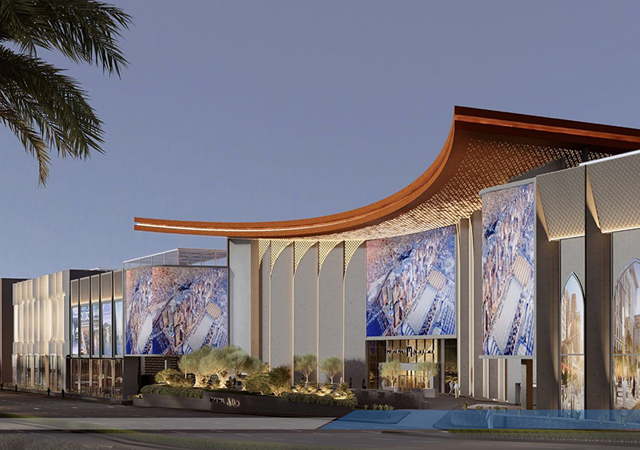
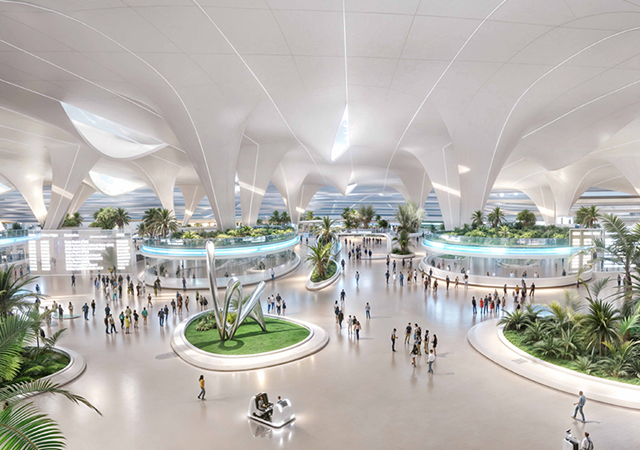
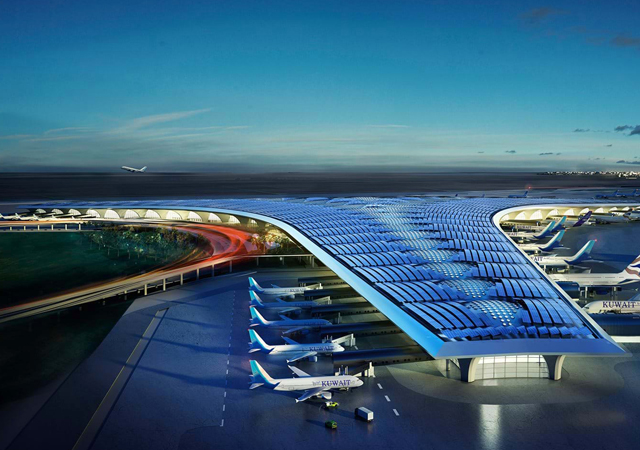
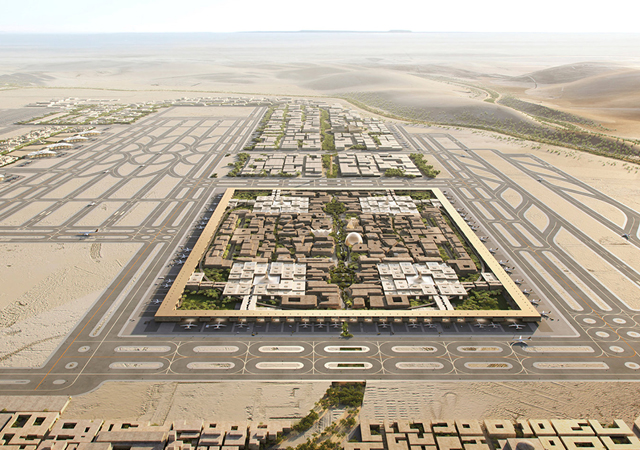
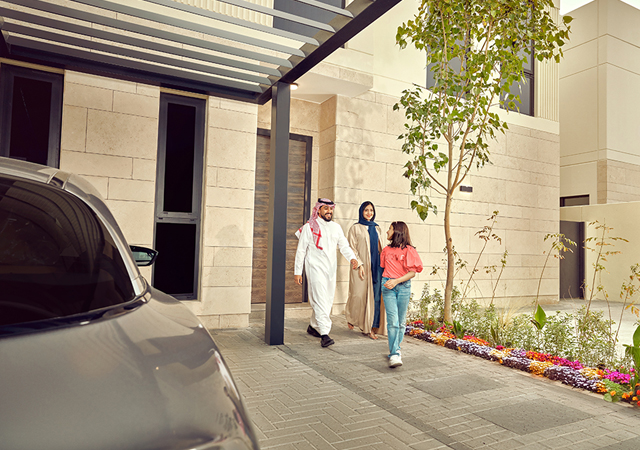
.jpg)

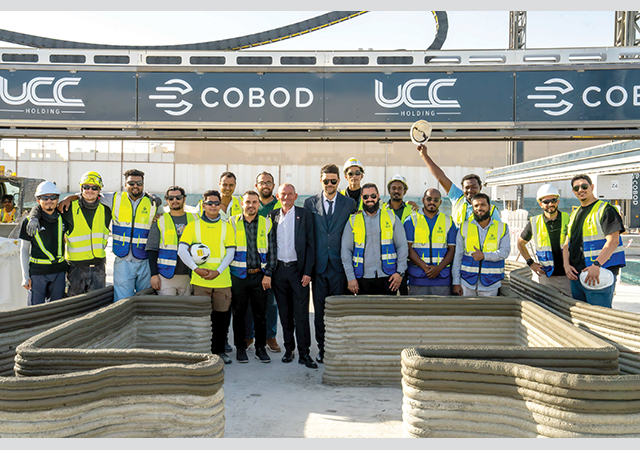

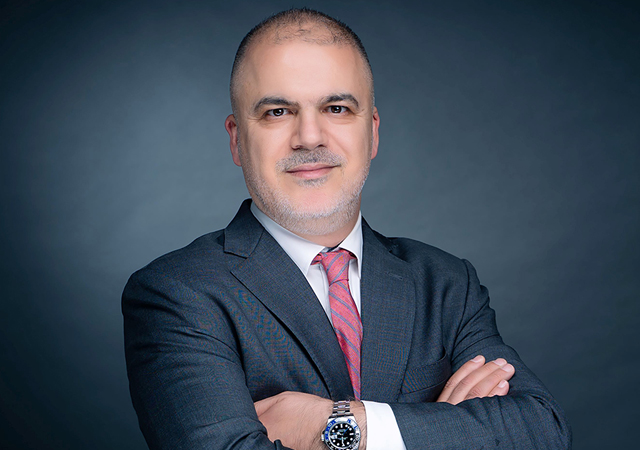
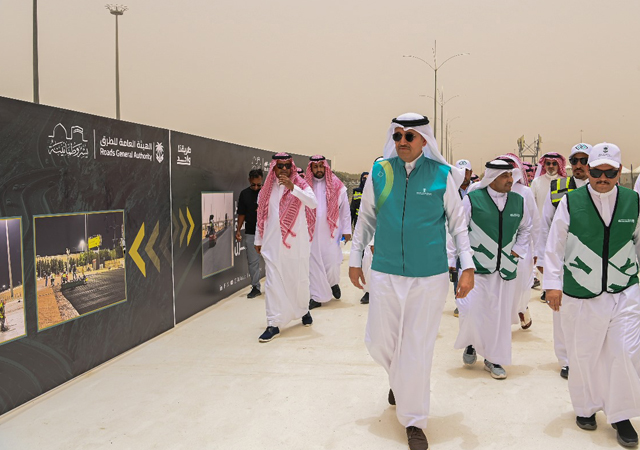

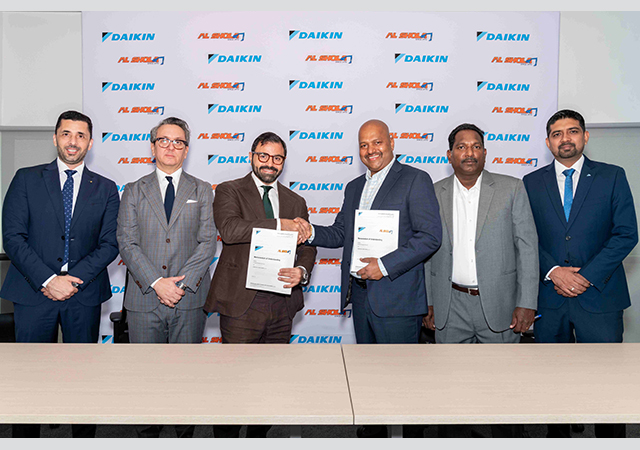

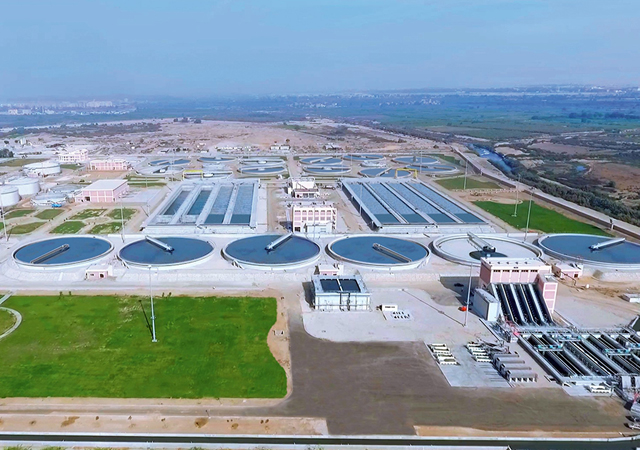
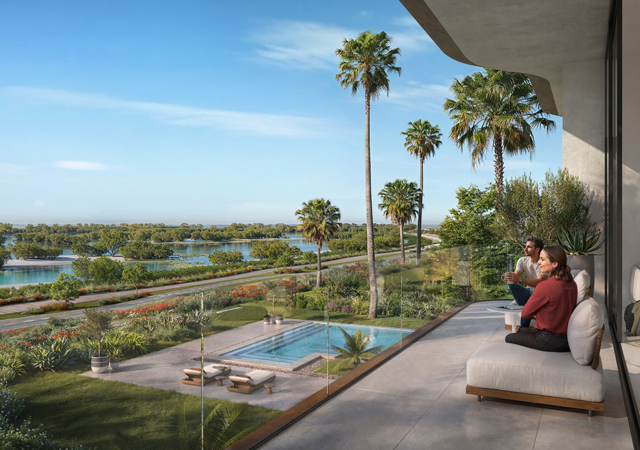
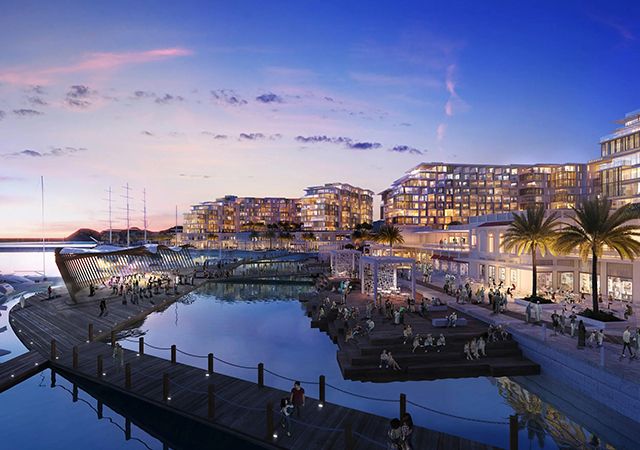

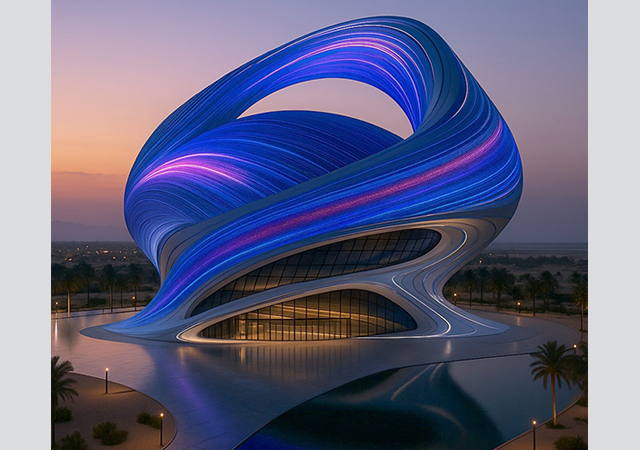

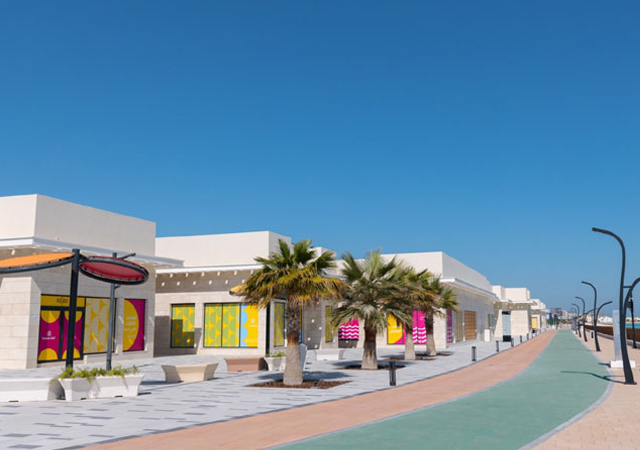
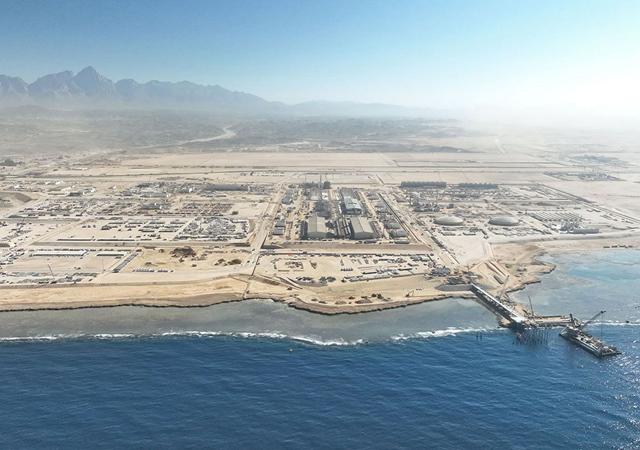

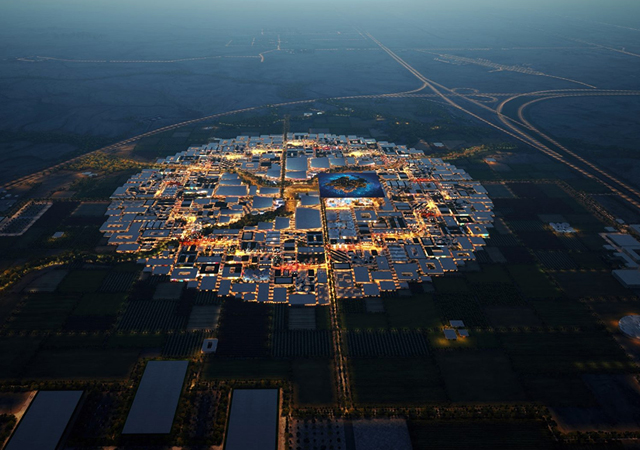
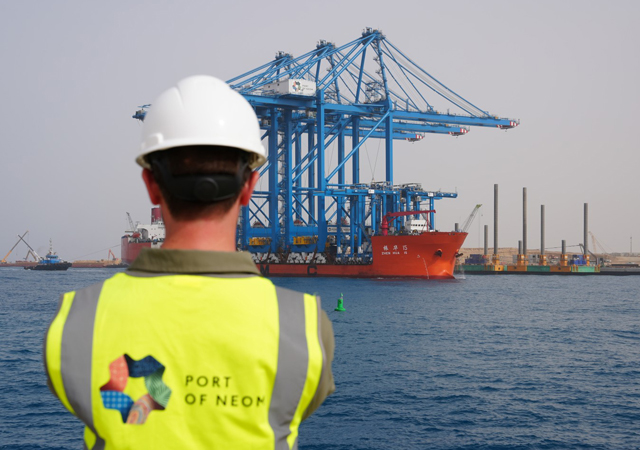
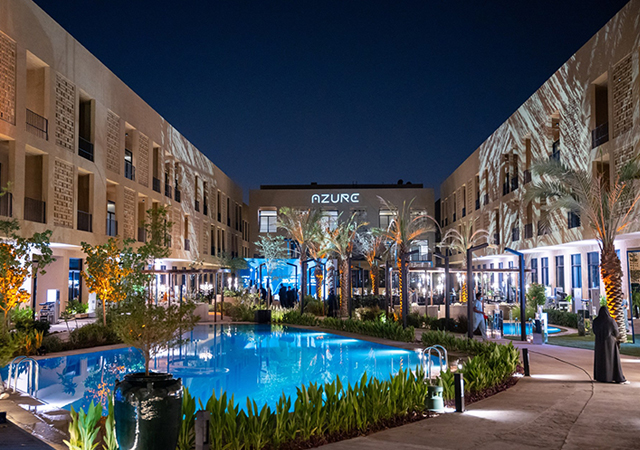
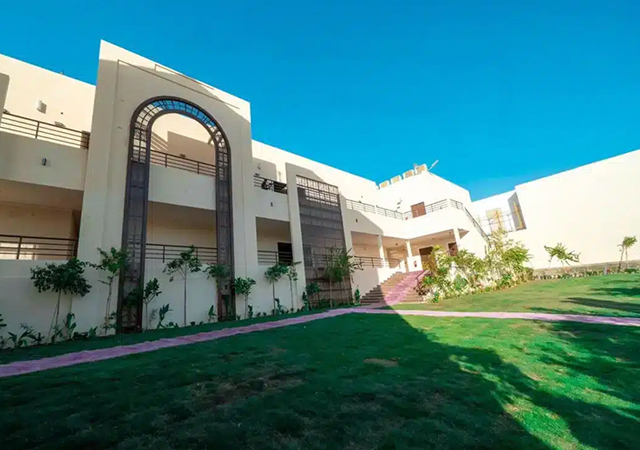

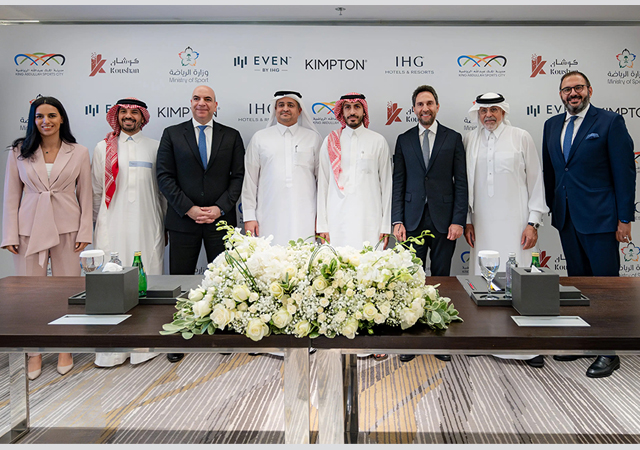
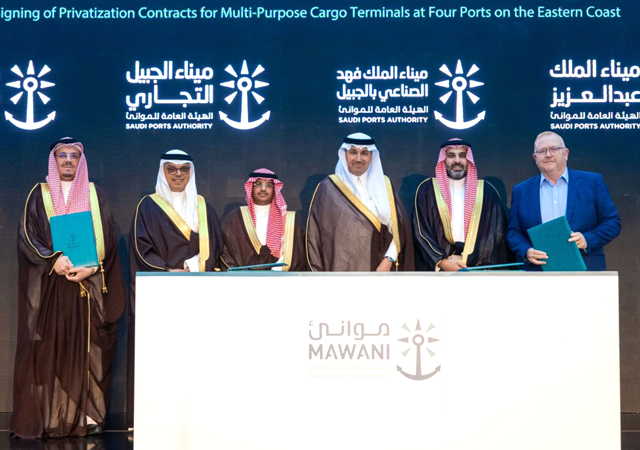
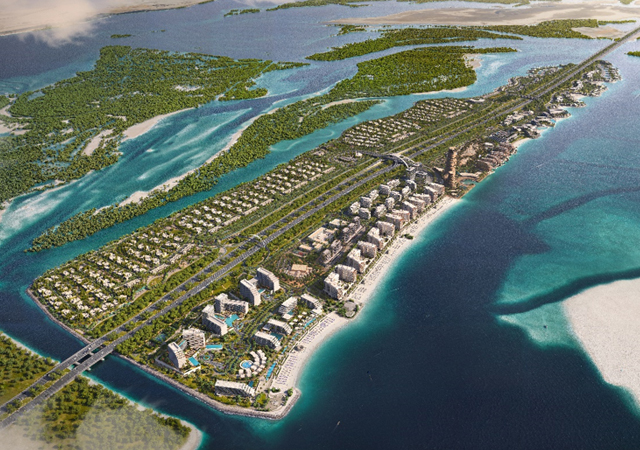
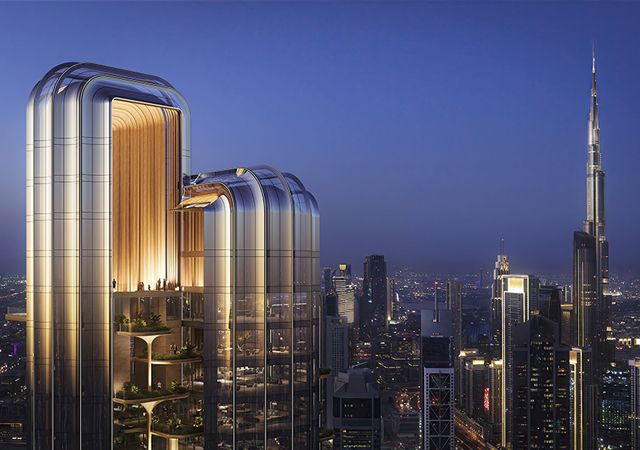
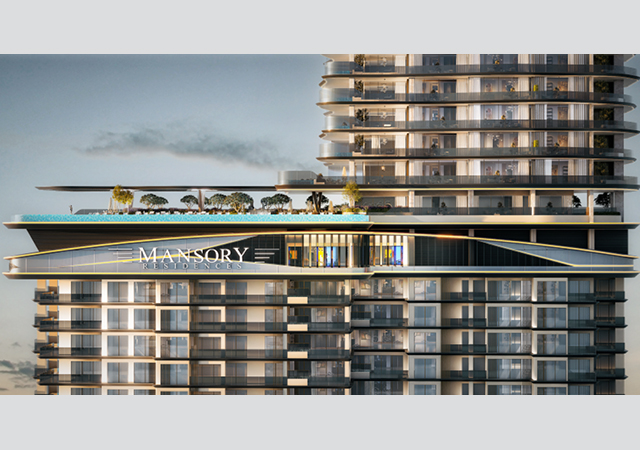
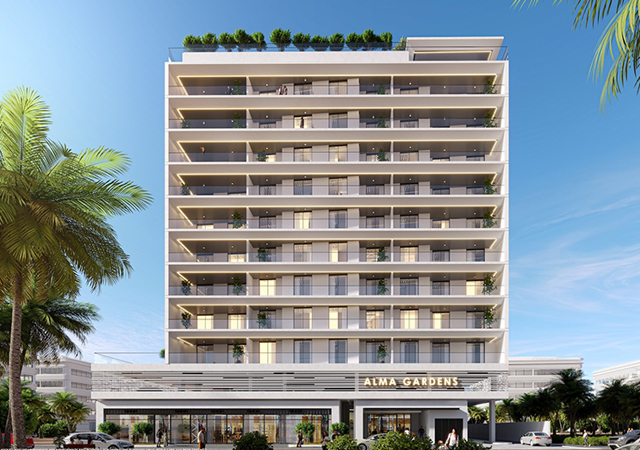

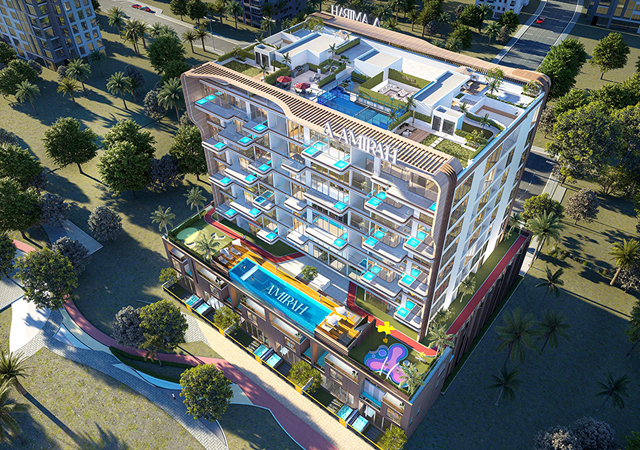
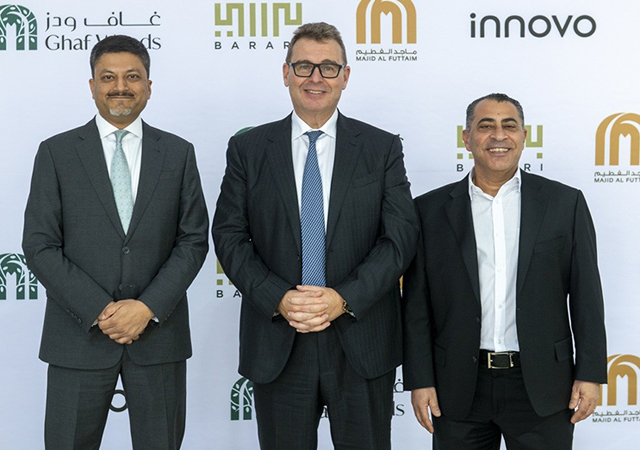
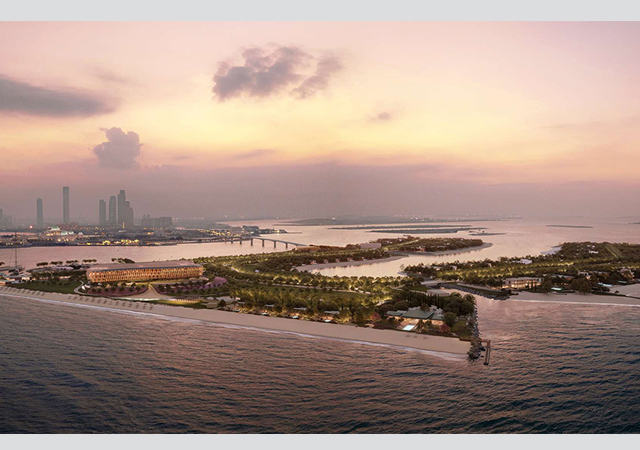
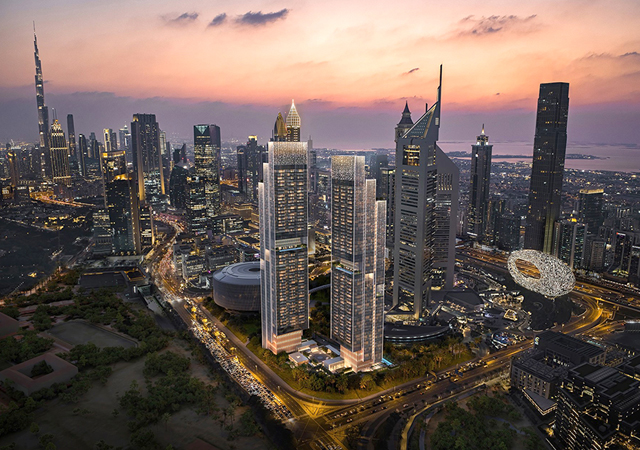
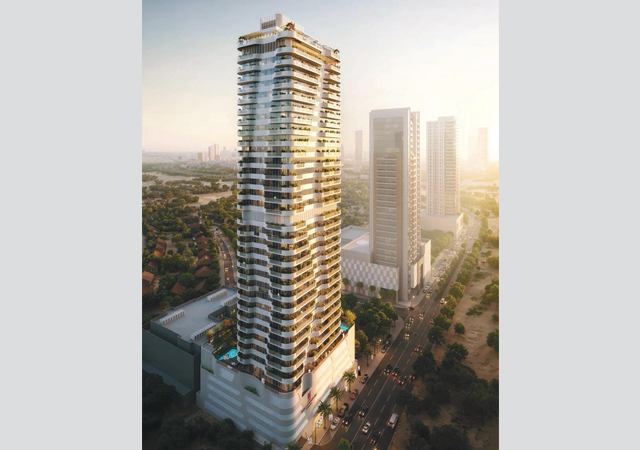
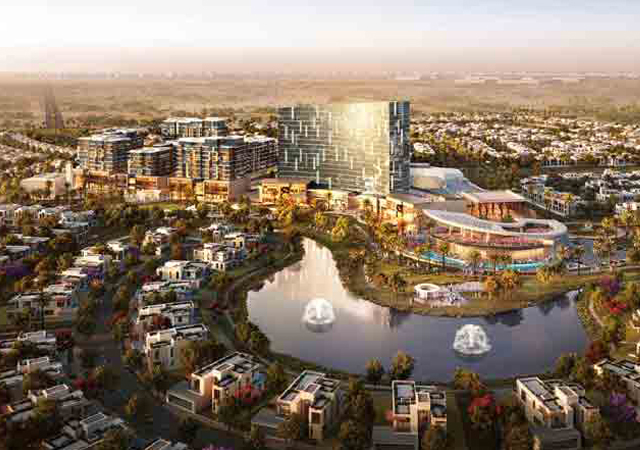
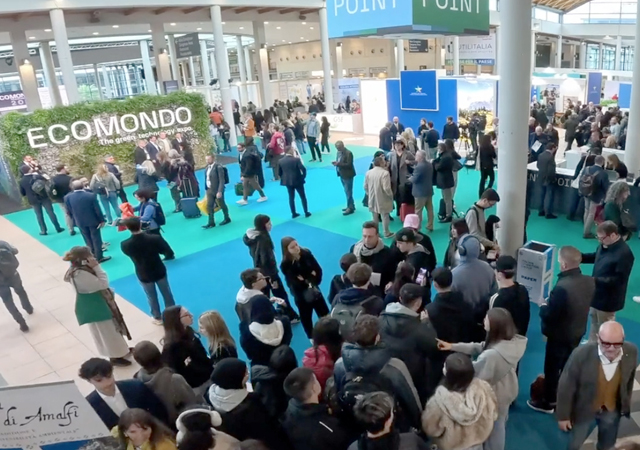
.jpg)





